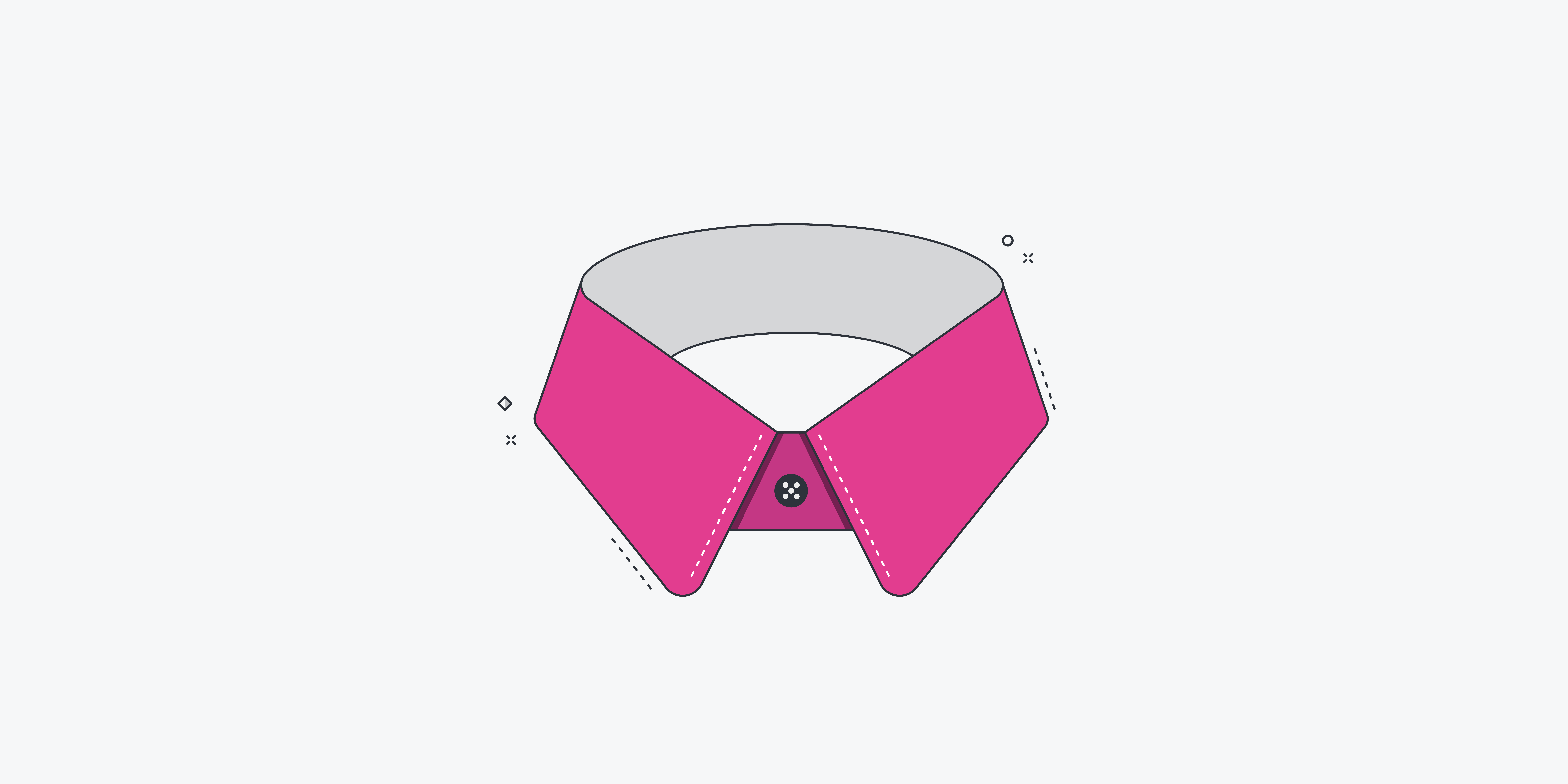As the job market radically changes, so have the requirements for getting hired. It used to be the case that if you wanted an office job, you needed a third-level college degree but nowadays, experience and transferable skills are what get you onto the payroll.
While those office jobs are known as white-collar jobs, based on the crisp, white shirts usually worn by managers, manual and trade jobs are known as blue-collar jobs, based on the colour of shirts worn by uniformed workers.
However, this modern workforce is being referred to as new collar workers. New collar work is carried out by people who have earned the technical and soft skills – either through hands-on experience or non-traditional education – needed to work in technology.
What is new collar work?
The phrase was first coined in 2016 by the then IBM Chairwoman, President and CEO Gina Rometty in a letter to Donal Trump, urging him to support the development of these new roles and to avoid a skills gap crisis.
She explored the concept even more at the annual World Economic Forum in Davos in 2019, adding that the increase in new technologies is causing uncertainty for a large part of society: “We as a company are passionate that if we don’t fix this issue, to bridge this skill right now, at the rate it’s moving, you will have unrest… And so people have to have a route in”.
Rometty’s prediction has been sped up by the Covid-19 pandemic, where many blue collar workers suddenly became highly underpaid frontline workers, and the war in Ukraine, which is seeing a lot of manual work, like car manufacturing, construction or farming, being slowed down due to supply shortages. People are fed up and they’re leaving their jobs in the quest for something more meaningful, culminating in the Great Resignation.
According to the Wall Street Journal, more and more Americans are leaving their blue-collar jobs, along with the hourly pay rate that comes with it, and switching to new collar jobs that have better pay and more reliable schedules. UX design roles are increasingly aligning with new collar roles as many people are finding they have transferable skills from previous careers and past experience and switching to careers in UX.
What is UX?
UX stands for “user experience” and it describes how a user feels when they use a product or service. A good user experience is easy and enjoyable, while a bad user experience can be complicated, confusing and frustrating.
UX design is the process of designing these experiences. It involves identifying and understanding a specific user problem and designing products or services to address the problem in a way that centres the user.
In recent years, UX design has become a crucial part of any business as the value of UX design is directly reflected in key business metrics. For example, every $1 invested in UX brings in a return of $100 (Source: Spiralytics) and 66% of customers say that will pay more for a better user experience (Source: Salesforce).
Is UX considered new collar work?
New collar work is linked to jobs that don’t require bachelor’s degrees but require special skills that are typically related to technology, healthcare, engineering and software. UX is, of course, a design role within the tech sphere but it is not restricted to the tech industry. UX roles can pop up anywhere – from communication companies to healthcare institutions. And because it is a relatively new field, not many universities or colleges offer degrees in UX.
As a result, employers are not looking for candidates with degrees in UX but they are searching for relevant professional experience and transferable skills, like empathy for users, communication, an understanding of basic business needs and critical thinking. You can read more about the skills needed to be a UX designer here. All of these factors mean that UX design is very much a new collar role.
UX appeals to new collar workers because there is a huge demand for skilled workers and it comes with a decent salary, with junior designers earning up to €53,000 on average a year. You can read more about UX salaries from all over the world here.
How do you start a career in UX?
UX is appealing to a lot of people, not just because it’s an industry on the rise, but because it welcomes people with all kinds of experience, with or without a college degree. Just because you will be a UX designer does not mean that you need design experience – people can come from all sorts of professional backgrounds, including teaching, healthcare, retail work, customer service or hospitality.
Like we said above, not many universities offer specific courses in UX but you can become a qualified UX designer in a number of ways, including taking online courses, self-teaching and interning or volunteering until you earn enough experience to go pro. If you think that there’s something stopping you from making the switch to a career in UX, you can read more about overcoming the barriers of entry here.
When it comes to applying for UX roles, most employers now focus on your portfolio and other professional experience, rather than which college course you graduated from. This is all part of the new collar wave – companies are changing their hiring process to accommodate our new ways of working and learning. For example, Okta removed college degree requirements for some of their sales positions in 2021.
Where to find new collar workers for UX roles
If you are looking to expand your workforce and like the new collar approach, there are many ways in which you can find new UX candidates outside of the traditional hiring process.
Firstly, you can connect with local community colleges or online institutions to get to know their most recent graduates. You can directly share job openings with their student management teams in the hopes of interviewing and hiring the right fit for your company. If that goes well, you could consider developing internship or apprenticeship programmes so that these students can apply their new learnings to real working situations.
Interestingly, IBM is offering new collar training, courses and apprenticeships on their website. Over on their blog, they share profiles of people who have made the new collar switch and now work for them, including a comic book colour artist who now specialises in UX as design practice manager for cloud infrastructure and a former hip-hop artist and youth worker who is now a UX engineer. IBM are very actively trying to close the skills gap, just as Rometty promised in 2016.
Is new collar the future?
The job landscape is currently undergoing a massive transformation and it looks like new collar work partially plays a role in that. With less reliance on university degrees and a heavier focus on skills and experience, the hiring pool is now wider. This can only mean great things for people looking for work and employers looking for staff.
While certain areas in technology, like UX, are embracing and hiring new collar workers, it might take a while for other industries to catch up. With so many UX professionals working their way up using online courses, bootcamps or taking the self-taught approach, the new collar pathway into UX is already in action.
Want to learn more about getting started in UX? Take a look at our transferable skills checklist to see if any of your existing skills can be carried over into UX design. Not sure which role is for you? We explain 11 of the most popular UX job roles and titles.




